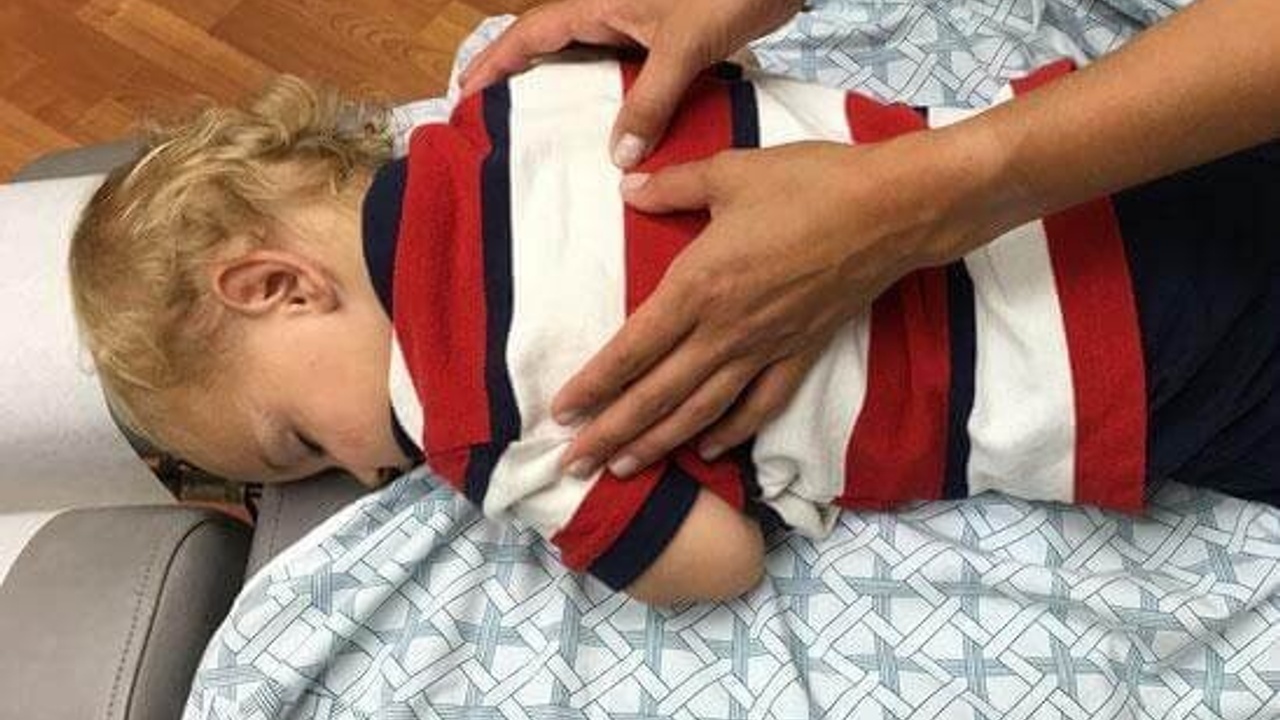Pediatric Chiropractic - North County San Diego | Carlsbad, CA
Feb 01, 2017
A lot of questions arise when parents start to seek natural healthcare solutions for their children. Children are precious and it is our duty to provide them with the best healthcare options available. Chiropractic care for the pediatric population is on the up and up and for good reason. It is natural, safe, non-invasive and extremely effective for a multitude of conditions.
Q: Why would a child need chiropractic and what do parents most commonly bring their children into the clinic for?
--A: The goal of pediatric chiropractic care is to help identify and correct any imbalances or asymmetries that may affect the developing child and interfere with proper nervous system regulation. We have all heard the saying “as the twig is bent, so grows the tree” and from a developmental standpoint, early influences surely may have residual effects.
Parents most commonly bring their babies in for colic, difficulties breast feeding whether it be latching or reluctance to feed from both breasts, torticollis or resistance in head turning, difficulties with bowel movements, difficulties sleeping and meeting developmental milestones.
Birth itself, whether vaginal or non-vaginal, can be a traumatic event for a newly developing baby. Many parents that understand the importance of chiropractic and spinal integrity, request that their chiropractor perform an initial checkup and adjust their newborn within a few days of being born. Gentle Craniosacral techniques can be especially effective to help ensure the proper alignment of a baby’s cranial bones during the first stages of development. Balancing the cranial bones on the roof of the mouth and releasing muscle tension along the gum lines can help to promote more effective nipple latching when breastfeeding.
As children grow, chiropractic checkups help to ensure that developmental milestones are being reached. Children become more active and with increased activity plus developing motor skills comes the inherent risk of, yes you guessed it, falling down and going boom! Regular checkups can help realign anything that may have become out of whack from your little one’s last tumble. It is important to get them back on track so that they can develop most efficiently.
As children grow and become more active in group activities such as sports or dance class, chiropractic care can be used as an effective tool for keeping them in tip-top shape. Training for activities such as sports or dance requires repetition, especially in the learning stages of such. It is no secret that from repetition can arise muscular imbalances and it is important to address these early on to prevent permanent developmental asymmetries.
Q: How do you adjust a baby or child?
-- A: First and foremost, a pediatric adjustment is entirely different from a regular “adult” adjustment. Adjustments for children are adapted to be safely applied based on the uniqueness of their specific age groups. Pediatric adjustments are specific, low-force and gently applied by skilled practitioners. Pediatric chiropractors have advanced post-doctoral training in the examination and techniques unique to children. The International Chiropractic Pediatric Association supports excellence in these professional skills and provides a database for ICPA certified members. There is a link provided at the bottom of this blog to help ensure you find a qualified doctor for your little ones.
Babies are incredibly responsive to adjustments. Oftentimes, a lightly sustained direct pressure or a light, rubbing pressure over the misaligned vertebrae will be sufficient to guide it back into place and thereby reduce nerve interference to the surrounding area. Relaxation of the surrounding musculature and passive range of motion exercises can be extremely useful for the developing baby when conditions such as torticollis arise and a baby may be reluctant to turn his or her head while breastfeeding or sleeping.
Another factor that is adapted to the pediatric adjustment is the surface area of the contact. Decreased body size equates to a decreased adjustable surface area and adapting this factor helps to increase specificity of the adjustment and decrease the amount of pressure applied via the contact. A newborn baby may require just the precise and light amount of pressure from the application of a pinky finger as a contact. The amount of pressure required to adjust a child is often referred to the amount of pressure you would use to test a tomato for it’s ripeness without pushing through the skin. In fact, adjustments are adapted to be so gentle that many babies love to sleep through their adjustments. I’ll take that as a compliment any day! :)
Thanks for reading folks! There you have it, a brief explanation of chiropractic for the pediatric population. Natural. Simple. Unique. Effective.
For any other questions, please email or give us call!
In good health,
Dr. Christina Binder, DC
http://icpa4kids.org/Find-a-Chiropractor/
-Model Credit: My beautiful Godson, Clifton Heppe.

